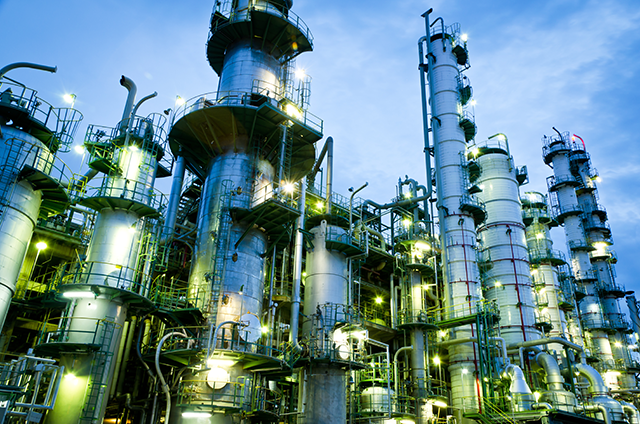Technology
- Name
- Generic Catalytic Deoxygenation
- Owner
-
/ Undefined Technology Provider - Brand
- Generic Biomass Catalytic Deoxigenation Process
- Link
- Process
- Hydroprocessing
- Type
- Catalytic Deoxygenation
- Available
- Technology #Tags
- #sustainability
-

- #TE109
Description
Your insights will be shown here
| Entity | Site (Country) | Asset (Plant) | |||
|---|---|---|---|---|---|

|

|
|
Cracker | ||

|

|
|
Biofuel Plant | ||

|

|
|
HCU |
Content provided by
| Transaction | Name | Date |
|---|---|---|
| Modified by |
|
6/3/2025 7:49 PM |
| Added by |
|
9/3/2022 12:00 PM |









